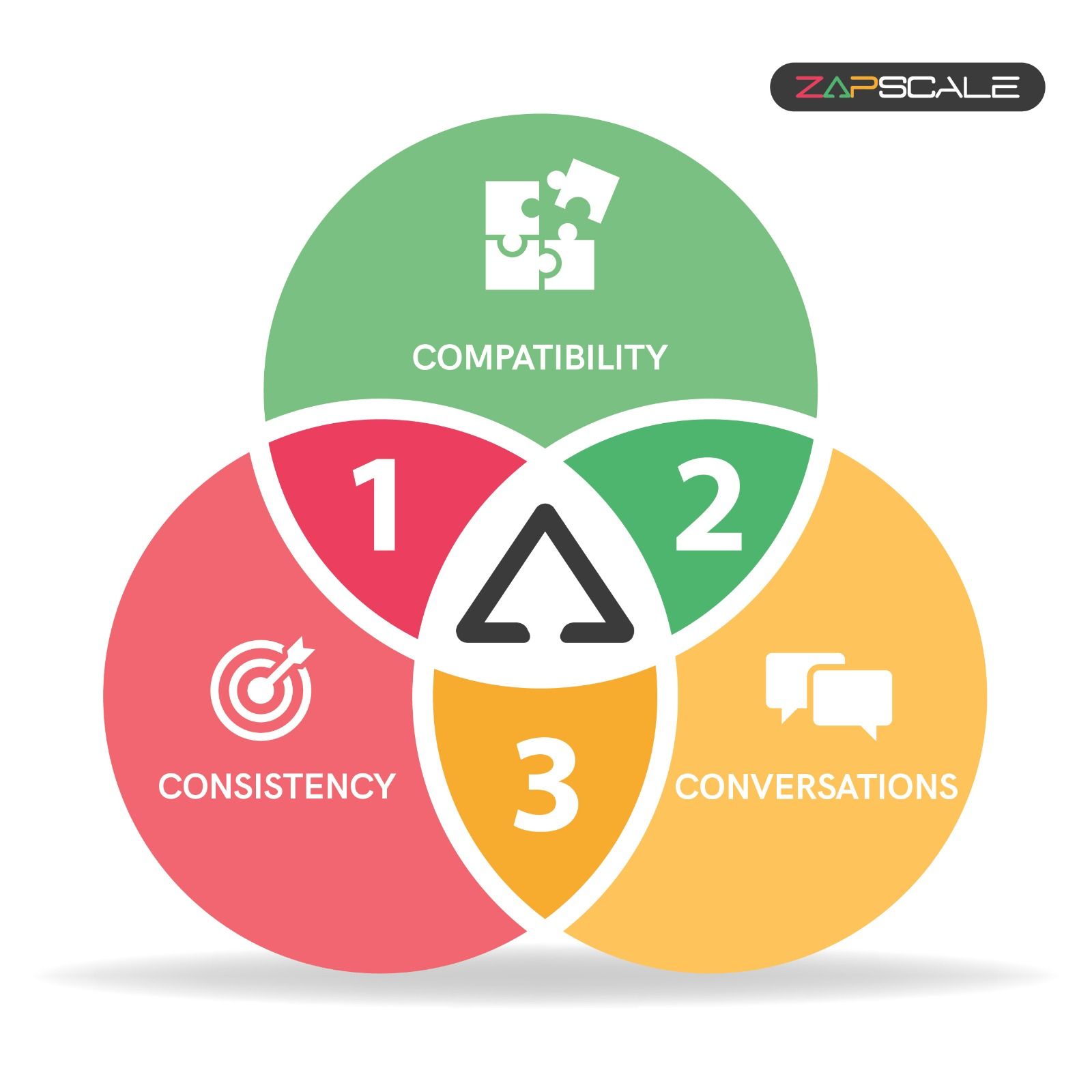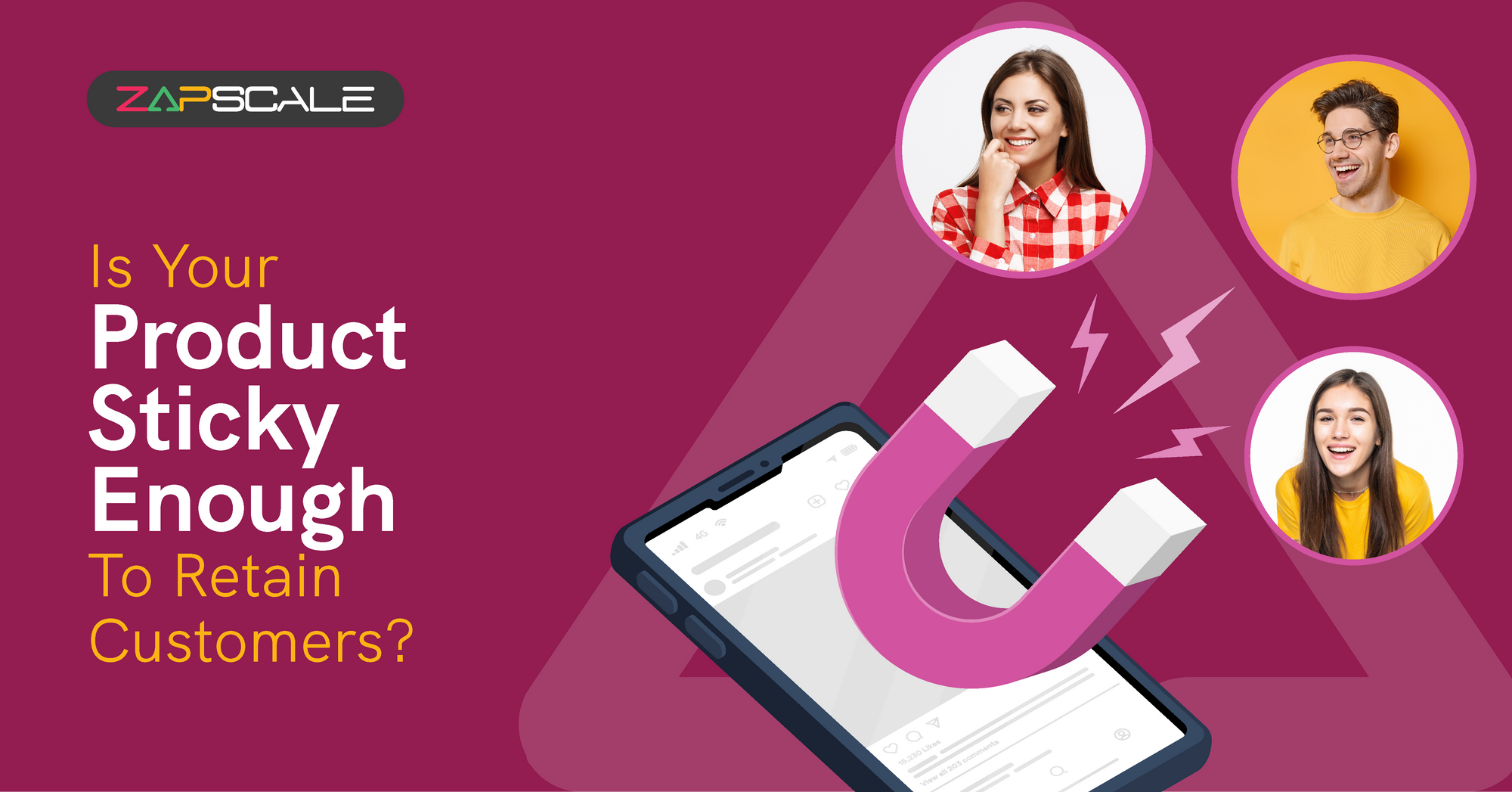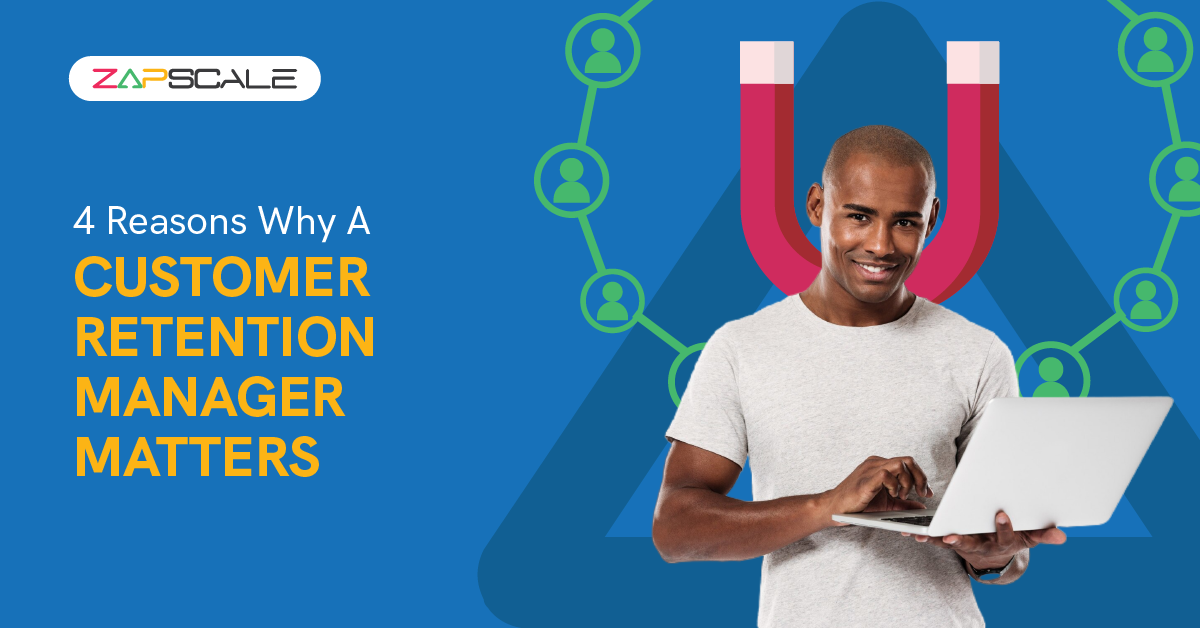CATEGORY > Customer Retention
Discovering the 3C's of a good Customer Retention Strategy

I have penned down my thoughts earlier, about how Customer Expansion is key and also the evergreen battle a SaaS professional is constantly fighting, retention and/or expansion? If only the answers were this easy. Having said that, it isn’t too tough a decision either.
The majority of organizations that have a clear direction of growth have a 60/40 split of focus on retention versus expansion, depending on the nature of business, cyclicity, and economics of course, at play! But as long as the split is clear - the actions can then be driven in that direction.
And most often than not, retention effort is evergreen.
Customer retention is crucial for sustainable growth and profitability. While acquiring new customers is important, the true value lies in retaining existing customers over the long term.
I’d like to focus on how this can be achieved by a simple 3Cs strategy that holds the majority of the weight in ensuring that a customer will stay with you. These are —Consistency, Compatibility, and Conversations.

1. Consistency
Consistency refers to the reliability and predictability of your business's products, services, and customer experiences. When customers can consistently rely on your brand to deliver high-quality offerings, meet their expectations, and provide excellent service, they are more likely to remain loyal. Consistency builds trust and helps establish a positive reputation for your business.
To bring consistency into your retention strategy, you need to focus on:
A. Delivering Consistent Product Quality
Ensure that your products or services consistently meet or exceed customer expectations. In order to achieve this objective, it is essential that you track every customer signal to be thoroughly aware of customer activities. This can be effectively accomplished by centralizing all customer data within a unified repository through robust tools like a Customer Success Platform.

B. Maintaining Top-Notch Support Standards
Ensure that each and every interaction a customer has must be provided with exceptional customer service, and a connection be built with the customer. This process becomes seamless if the above-mentioned can be duly done so that you are not juggling across multiple tools to trace all the support queries and communication with the customer.
C. Ensuring Consistent Messaging
Align your product’s messaging across different channels and platforms to create a unified and recognizable experience for customers. This can be scheduled effectively through platforms and ensure the customer is up to date with all newly launched features, and a roadmap of the product and also knows where to reach for any and all kinds of support and training resources. The key is to make the customer independent.
2. Compatibility
Compatibility involves aligning your products, services, and overall customer experience with your customer's needs, preferences, and values. By understanding your target audience and tailoring your offerings accordingly, you can create a strong emotional connection that resonates with customers and keeps them engaged.
This is key in SaaS-based companies because each offering and each customer is unique. Defining success criteria right at the start and consistently checking in throughout the engagement then becomes key. You could categorize your customers based on geographies, or size. For example - Enterprise, SMB, Scaling accounts, or any other criteria you deem fit.
Having done this, for each customer success manager who manages ~20 different accounts across different criteria, it becomes difficult for them to keep track of what’s happening and what needs to be done with each customer.
And so to enhance compatibility within your retention strategy, consider:
A. Conducting Market Research
Regularly gather insights about your target audience's needs, preferences, and changing trends to align your offerings accordingly.
B. Personalized Experiences
Use customer data to create personalized experiences that address individual needs and provide tailored recommendations. This can be done by scheduling regular check-ins, executive business reviews, and general discovery on an ongoing basis.
C. Aligning With Customer Values
Identify and support causes or values that resonate with your customer base to foster a sense of shared values and create a stronger bond. If you can find a common ground with your customer, it will only enhance in building compatibility, not just as your customer but as two individuals with a like-minded process of working, assuring the customer that you got their back!
3. Conversations
Conversations emphasize the importance of ongoing and meaningful communication between your business and your customers. Actively engaging in two-way conversations helps you understand their needs, address concerns, gather feedback, and build a sense of community around your brand.
To leverage conversations in your retention strategy, consider the following approaches:
A. Active Customer Support
Provide multiple channels for customers to reach out to your business for support, such as phone, email, live chat, or social media. Ensure prompt responses and personalized assistance. And a centralized means for your CSMs to access this and have an overview all in one place.
B. Solicit And Respond To Feedback
Regularly seek feedback from customers through surveys, reviews, or social media interactions. Actively address their concerns and implement improvements based on their suggestions. Feature requests are an ongoing play in SaaS-based companies. Knowing what requests you can accommodate and what you cannot should be transparently relayed to your customer.
Transparency ALWAYS works. Be honest and expect the customer will understand.
C. Foster A Community
Build online communities or social media groups where customers can connect, share experiences, and provide feedback. Encourage discussions and interact with your customers directly. This also empowers customers to connect over common ground and become your advocates in your absence - a win-win for both!
Conclusion
To summarise, here’s what the 3Cs ask you to focus on:
- Consistency plays a crucial role in building trust and reliability
- Compatibility refers to the alignment between what you are offering and what the customer is looking for
- Conversations are key to building meaningful connections with customers.
Customer retention holds immense significance for SaaS companies. Beyond the immediate financial benefits, it sets the stage for sustainable growth, fosters brand advocacy, facilitates product innovation, and opens doors to upselling opportunities. And knowing when these stages become critical and can be done through a dependable CS tool that can be customized based on events, triggers, communication, etc.
All of this put together, would be a rounded way of streamlining the actions that then need to be taken, to drive a fruitful and intentional retention strategy.
ABOUT THE AUTHOR
Popular from Customer Retention
Quality Content,
Straight To Your Inbox!
Subscribe for the latest blogs, podcasts, webinars, and events!

Write a Blog
If you have experience in CS and
a flair for writing, we’d love to
feature you.
Write to us on
hello@zapscale.com





